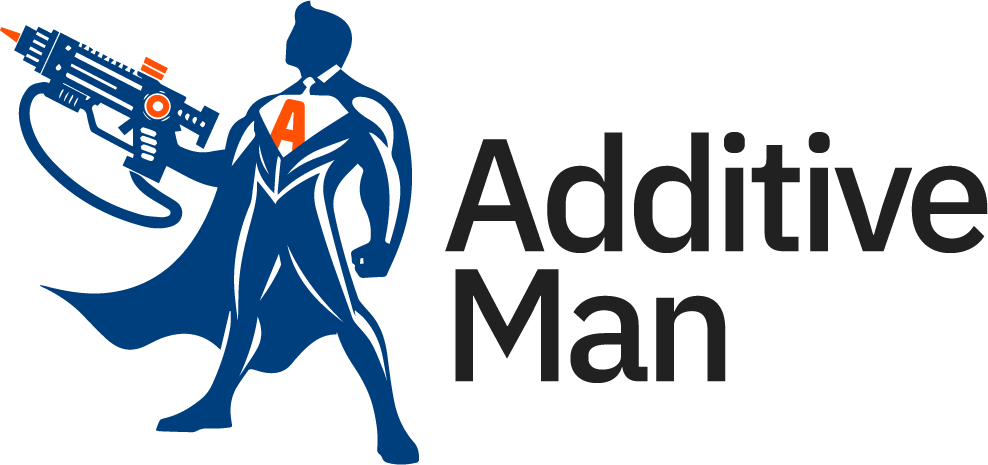What Makes a 3D Printer Production-Ready?

The Key Qualifications You Need to Know
3D printing has evolved far beyond its initial role as a rapid prototyping tool. Advanced additive manufacturing (AM) systems are now taking on full-scale production tasks in sectors ranging from aerospace to automotive. But how do you tell if a 3D printer is truly ready for the demands of industrial-scale manufacturing?
Below, we explore the key qualifications that set a production-grade 3D printer apart from its prototyping counterparts.
Throughput and Speed
High Printing Speeds
A production 3D printer must produce parts quickly without compromising on quality. In a fast-paced manufacturing environment, every minute counts. The higher the print speed, the more parts you can produce within a given timeframe, directly affecting overall productivity.
Large Build Volume
In addition to speed, build volume plays a critical role. A larger build area allows you to print multiple parts in a single run or produce larger components in one piece. This not only streamlines the workflow but also saves time by reducing the number of printing cycles needed for large-scale projects.
Material Versatility
Wide Range of Materials
Industrial manufacturers often need specialized materials to meet specific performance requirements. Think of high-strength composites, heat-resistant thermoplastics, or corrosion-resistant metals. A true production printer supports a wide selection of engineering-grade materials, enabling you to tackle diverse applications.
Cost-Effective Raw Materials
While prototyping sometimes justifies the use of higher-cost filament or resin, large-scale production calls for more economical solutions. Systems that use pellets or powders can reduce material costs significantly, boosting the overall cost-effectiveness of the manufacturing process.
Reliability and Repeatability
Consistent Results
Consistency is key in mass production. A true manufacturing printer delivers precise, repeatable parts — batch after batch — with minimal deviation from design specs. Reliable performance ensures that you won’t face costly rework or quality control failures down the line.
Durability
Industrial environments demand round-the-clock operation, so your 3D printer must be built to withstand continuous use. Frequent breakdowns or constant maintenance defeats the purpose of scaling up production. A sturdy design with robust components ensures high uptime and smoother production runs.
Scalability and Integration
Integration with Production Workflows
Whether you’re adding a 3D printer to an existing manufacturing line or building a new facility, the machine must seamlessly integrate with your current workflows. Modern production printers often come equipped with IoT and Industry 4.0 capabilities for real-time monitoring and data-driven optimization.
Automation Capabilities
Automated material loading to post-processing and quality control are two examples of how reducing manual intervention boosts productivity and lowers labor costs. A true production printer will feature automation features such as robotic arms for part removal or integrated sensors for real-time quality checks.
Production-Ready Output
Part Quality
End-use parts need to meet rigorous standards for strength, dimensional accuracy, and surface finish. Quality is non-negotiable when it comes to industrial applications.
Cost Efficiency
Competitive Cost per Part
It doesn’t matter how innovative a 3D printer is if it can’t compete on costs. True production printers must demonstrate a cost per part that is comparable or superior to traditional manufacturing methods (e.g., injection molding, CNC machining) for the same application. Scalability, material efficiency, and fast cycle times all play a role in keeping costs in check.
Compliance and Certification
Industry Standards
Different sectors like aerospace, automotive, and healthcare have stringent regulations, and the printer must meet these certifications. Whether it’s FDA approval for medical devices or SAE standards for aviation, compliance ensures the printed parts can be used confidently in critical applications.
Material and Process Traceability
Traceability is more than a buzzword; it’s a requirement for many industries. Production-capable 3D printers should record data on materials used, machine settings, and processing conditions. This data provides an auditable trail for quality assurance and helps diagnose issues if a production run doesn’t meet specifications.
Adaptability to High-Mix, Low-Volume Production
On-Demand Manufacturing
In many industries, the ability to switch quickly between different part designs is vital. A production-grade 3D printer should accommodate a wide variety of parts with minimal setup time. This flexibility allows for on-demand manufacturing of custom components and smaller batch runs without sacrificing efficiency.
Examples of True Manufacturing Production Printers
- Pellet Extrusion Printers: Enable high-speed, cost-effective large-scale production.
- Metal AM Systems: Like binder jetting or SLM, suitable for producing precise, durable components.
- Multi-Material or Composite Printers: Designed for complex part assemblies or enhanced strength.
Why This Matters
A production-grade 3D printer can be a cornerstone for modern manufacturing. By bridging the gap between traditional processes and cutting-edge additive technology, these systems enable companies to reduce lead times, customize parts on demand, and streamline supply chains.
If you’re looking to leverage 3D printing for mass production, be sure to look for the qualifications outlined above to ensure performance, reliability, and cost-effectiveness.
Learn How to Create A Production Workflow with a Pellet-Fed 3D Printer
Join our Webinar January 9 with JuggerBot 3D for a deep-dive into how pellet-fed 3D printing can help you product high-quality parts at scale.
